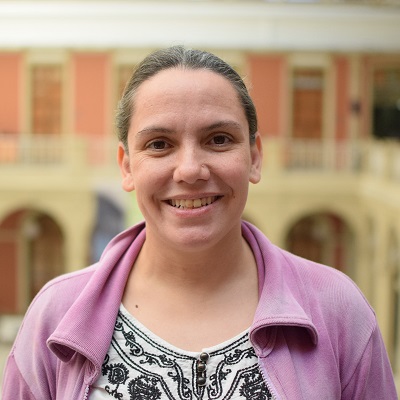All posts (Page 87 of 126)
Hydrology is a concept to unify statistics, data analysis and numerical models in order to understand and analyze the endless circulation of water between the earth and its atmosphere.
That’s a lot alike Data Science, isn’t it? Hydrologic Processes evolve in space and time, are extremely complex and we may never comprehend them. For this reason Hydrologists use models where their inputs and outputs are measurable variables: climatic and hydrologic data, land uses, vegetation coverage, soil type etc.
...🔗
Olfactory Coding
Detecting volatile chemicals and encoding these into neuronal activity is a vital task for all animals that is performed by their olfactory sensory systems. While these olfactory systems vary vastly between species regarding their numerical complexity, they are amazingly similar in their general structure. The periphery of olfactory systems consists of different classes of olfactory sensory neurons (OSN). In mammals, OSNs are located in the nose, in insects, OSNs are located on the antenna. OSN classes are tuned to defined but overlapping sets of odors. Thus a single odor usually elicits differential responses across an ensemble of OSNs. This ensemble code is able to encode thousands of odors, even in comparably simple olfactory systems.
...I am happy to say that the latest issue of The R Journal includes a paper describing rentrez, the rOpenSci package for retrieving data from the National Center for Biotechnology Information (NCBI).
The NCBI is one of the most important sources of biological data. The centre
provides access to information on 28 million scholarly articles through PubMed and 250
million DNA sequences through GenBank. More importantly, records in the 50 public
databases maintained by the NCBI are strongly cross-referenced. As a result, it is
possible to pinpoint searches using almost 2 million taxonomic names or a
controlled vocabulary with 270,000 terms.
rentrez has been designed to make it easy to search for and download NCBI
records and download them from within an R session.
At rOpenSci, our R package peer review process relies on the the hard work of many volunteer reviewers. These community members donate their time and expertise to improving the quality of rOpenSci packages and helping drive best practices into scientific software.
Our open review process, where reviews and reviewers are public, means that one benefit for reviewers is that they can get credit for their reviews. We want reviewers to see as much benefit as possible, and for their contributions to be recorded as part of the intellectual trail of academic work, so we have been working at making reviews visible and discoverable.
...To give you an idea of where I am in my R developer germination, I’d just started reading about testing when I received an email from @rOpenSci inviting me to review the weathercan package. Many of us in the R community feel like imposters when it comes to software development. In fact, as a statistician, it was a surprise to me when I was recently called a developer.
In terms of formal computer science training, I took one subject in first year, with the appropriate initialism OOF. Ostensibly, this was to school me in Object Oriented Fundamentals, but mostly educated me in just how much one person can pontificate about doubles and floats. I am almost always befuddled by regexes on the rare occasions I come across them.
...



